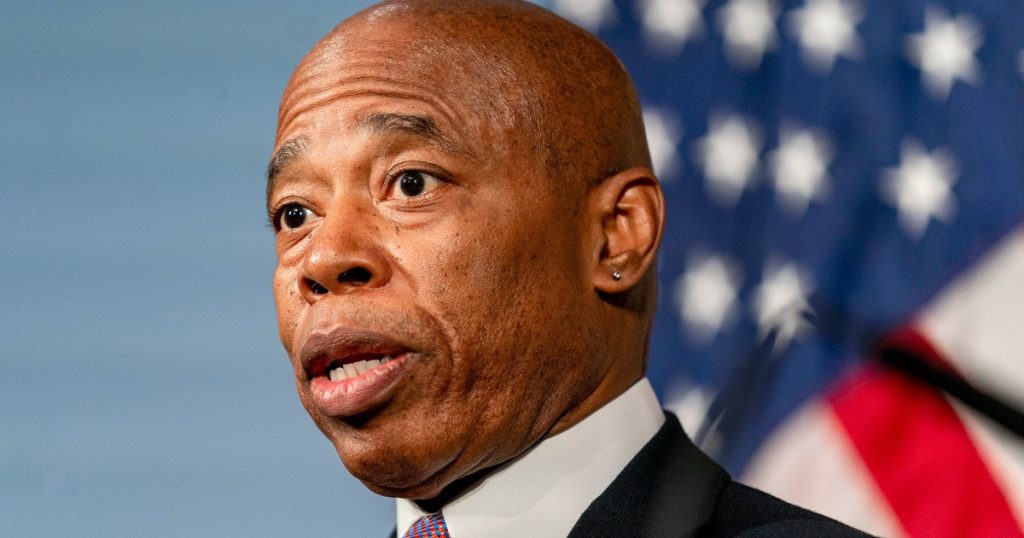New York City Mayor Eric Adams suggested immigrants as a possible solution to the city’s lifeguard shortage due to their excellent swimming skills. With Memorial Day approaching, Adams highlighted the potential for migrants and asylum seekers to fill high-demand jobs like lifeguarding, if work licenses were expedited for them. The city currently has over 197,100 migrants and 50,000 asylum applications, many of whom possess the necessary skills but are unable to work due to bureaucratic obstacles. Adams emphasized the need to rethink outdated policies that prevent qualified individuals from filling essential roles.
Deputy Mayor for Health and Human Services, Anne Williams-Isom, noted the large pool of eligible individuals waiting to work in New York City. Adams pointed out that immigrants could also be fast-tracked into other in-demand professions such as food service workers and nurses, in addition to lifeguards. The mayor’s office did not immediately provide further comment on the proposal. This year, 560 people are qualified to be lifeguards in the city, a significant increase from the 364 qualified individuals last year. This highlights the pressing need to address the lifeguard shortage before the summer season begins.
The American Lifeguard Association has reported a national lifeguard shortage in the U.S., attributing it in part to the impact of the pandemic. The organization noted that Covid-19 restrictions limited training opportunities and created a perception that lifeguarding is not an essential job or career. As summer approaches, there is growing concern that public swimming pools across the country may face closures due to the lack of lifeguards. Last year, about one-third of the country’s 309,000 public swimming pools were either closed or operated inconsistently due to staffing challenges, underscoring the urgent need for solutions to address the shortage.
Adams’ proposal to tap into the pool of immigrants and asylum seekers in the city to address the lifeguard shortage reflects a creative approach to solving a pressing issue. By highlighting the skills and potential contributions of these individuals, Adams aims to challenge existing bureaucratic barriers that prevent qualified individuals from working in essential roles. The recognition of migrants as valuable resources for filling high-demand positions like lifeguarding underscores the need for inclusive and practical policies that leverage the strengths of diverse communities to address critical workforce challenges.
As the conversation around immigrant labor and lifeguard shortages continues, it is crucial to consider the broader implications of such proposals. While addressing immediate staffing needs is important, it is equally essential to ensure that policies support the long-term integration and well-being of immigrant communities. By reevaluating licensing and work permit processes, cities like New York can not only address current workforce shortages but also promote inclusivity and diversity in the labor market. Adams’ advocacy for streamlining employment opportunities for migrants demonstrates a commitment to harnessing the talents and potential of all individuals to build a stronger, more resilient workforce.
In conclusion, Mayor Eric Adams’ proposal to address New York City’s lifeguard shortage by tapping into the skills of immigrants and asylum seekers represents a forward-thinking approach to workforce challenges. By recognizing the talents of these individuals and advocating for streamlined work opportunities, Adams aims to bridge the gap between qualified workers and high-demand jobs. As the national lifeguard shortage persists, innovative solutions that leverage the strengths of diverse communities are essential in ensuring the continued safety and operation of public swimming facilities. By prioritizing inclusivity and efficiency in workforce policies, cities can create opportunities for all individuals to contribute to thriving, resilient communities.


